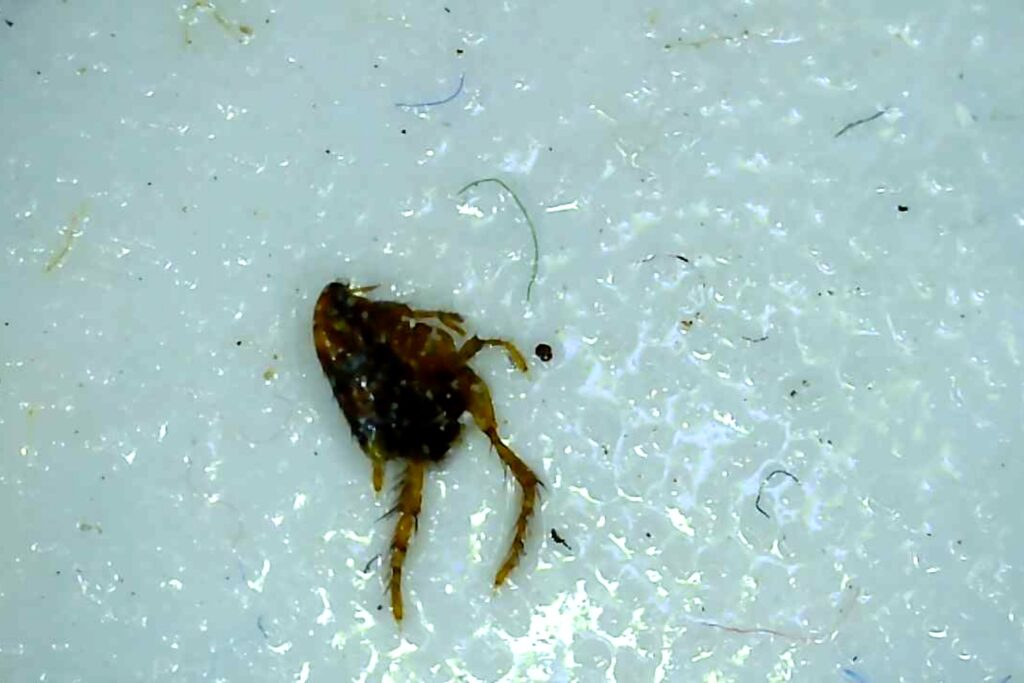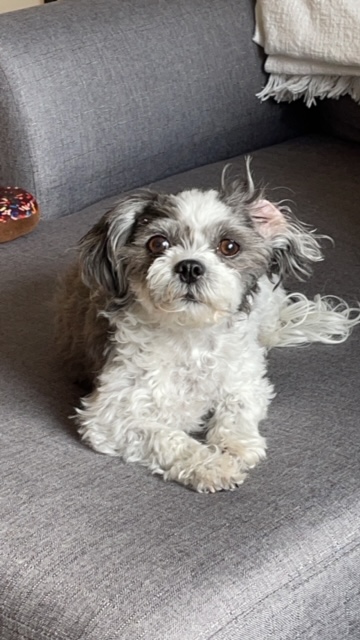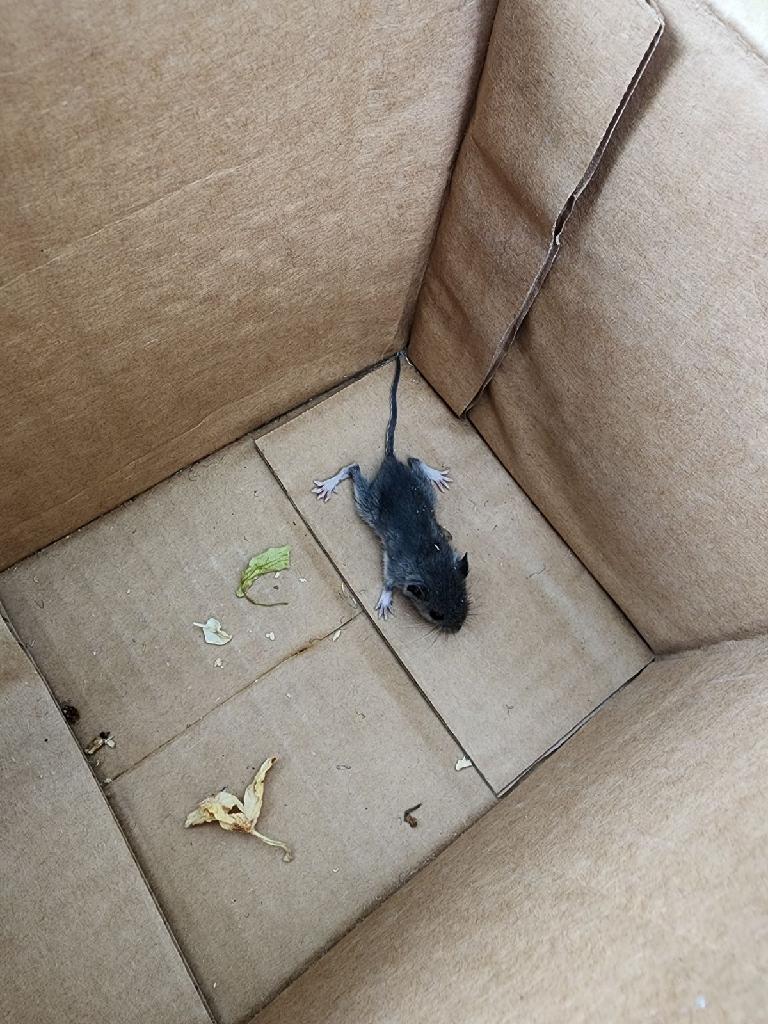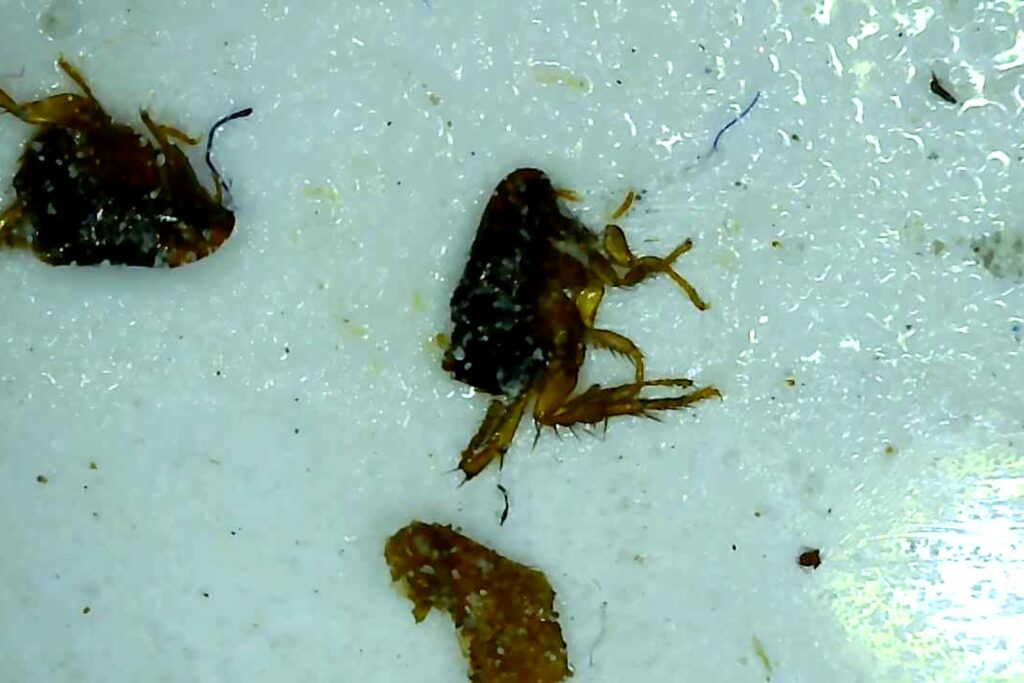Flea treatments are among the least frequent treatments done by pest control companies comprising typically less than 5% of treatment volume. Don’t let this ratio lull you into a false sense of security. Fleas are just as challenging, if not more so, of a pest to treat than the others. Explore the top 5 professional hacks for flea control and level up your flea fight.

Flea Hack #1: Start with the host
Fleas feed on blood. That is true for the adults and the developing fleas have a slight twist. They need adults to process the blood for one round before they can have a go at it. Flea larva feed on the fecal droppings of adults. Since animals are their food source, start with pets that are the likely host of the flea food. In cases of multi-family housing, this may involve having conversations with neighbors to get everyone on the same page. Consult a veterinarian for the best treatment for fleas for your pet. Clear the current host and flea hack number 1 is done.

Flea Hacks part II: Don’t forget the original host

As alluded to above, fleas feasting on people or your pets probably started elsewhere. While that may be the neighbor’s cat who always escapes and runs around for days before recapture, many flea appearances started with a wild animal. This may be something as large as a deer or as small as a mouse scurrying around the yard. There may not be much you can do about a deer or a raccoon out roaming the neighborhood at night, but establishing rodent control is a great measure against fleas. Even if the rodents didn’t bring in the fleas, they will be intermediary hosts that keep picking them up and introducing them into new or freshly cleared areas. Clear the original or intermediary host and flea hack number 2 is through.
The 3rd Flea hack: Consider the corners and caves
It is easy to get sucked into focusing on the main areas where fleas are found. This will likely be areas where pets rest during the day or sleep at night. Once you are in those areas, take a look around and observe what resembles a cave. Is it the low section under the bed frame? What about the area under the couch? Think metaphorically and find the caves that will protect the fleas and their eggs from initial control measures.
Corners are the other tricky area. Places where floor and wall meet, especially when you add carpeting or a 3 way corner into the mix, can be places where flea control measures such as product application or vacuuming may come up shy. When you encounter corners, take the time to really focus the efforts into thoroughness. This extra focus will pay large dividends. Committing to the corners and caves confirms the completion of flea hack number 3.
Hack fleas? Trick fleas with the rule of 2
Pupas have innate wisdom in the flea world. They sit dormant, waiting for a host to come near so hatchlings can hop on the host quickly and get their fill of adult flea poo (of course, that is odd and disturbing enough of a fact to bring up twice). The triggers that indicate that the host is present are warmth and movement. You can trick these fleas in their pupal form by running a vacuum with a roller brush across the area. This not only works for carpeted areas but also for wooden floors alike.
The rule of 2 comes into play when vacuuming. After an application of a flea killing product with residual has been applied, wait 2 days for the product to run its course. Then vacuum every 2 days for 2 weeks. Is 2 a magical number? What happens if you miss a day and vacuum on the 3rd day? You can relax, all is not lost. 2 just happens to be an easy rule to remember linking all 3 parts of the equation together:
- wait time after the product is applied
- frequency of vacuuming
- duration of efforts
Try and stick to the formula, but don’t stop the efforts if you get slightly off. Tricking fleas with the rule of 2 is the 4th hack to the final answer for fleas.
Flea Control Hacks 5: Mix it up

Having the right mix of control efforts is the key. Every true professional pest controller involves the resident in the control process. Mixing professionals with local efforts is key.
For products, it is best to mix an adulticide, insect growth regulator, and sanitation products. Mix it up right and finish the 5th hack for fighting fleas.
Getting the right mix is easiest when you have the guidance of a flea control expert who has experienced thousands of flea situations.
About Rob Greer: Pest Control Expert and Industry Leader
Rob Greer, co-founder of Rove Pest Control, has a deep connection with nature, developed during his upbringing in rural Idaho where he raised horses and cattle. He began his career in pest control in 2001 to support his university studies. After earning a BS in Business Management, Rob, along with Lenny Gray and McKay Bodily, founded Rove Pest Control.
Rob has played a pivotal role in shaping the operational framework of Rove Pest Control, with a focus on personal development for team members, public health awareness, and tailoring services to meet the needs of individuals and communities.
As an Associate Certified Entomologist (ACE) and Subject Matter Expert (SME), Rob has made significant contributions to the pest control industry. He has collaborated on the Minnesota Department of Agriculture’s UMN Extension certification manual and exam development, the National Pesticide Applicator Certification Core Manual for the EPA, and the Quality Pro Customer Service Credential Task Force. His expertise has also been recognized in his testimony for the pest control industry before the Minnesota state legislature as a State Policy Affairs Representative. Currently, Rob serves as the President of the Minnesota Pest Management Association Board. Learn more about Rob Greer.